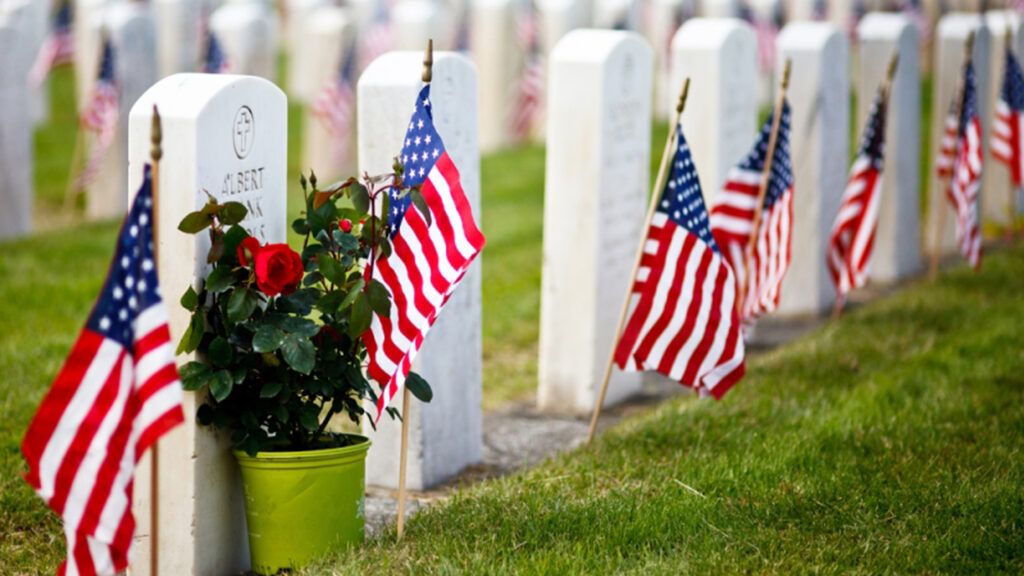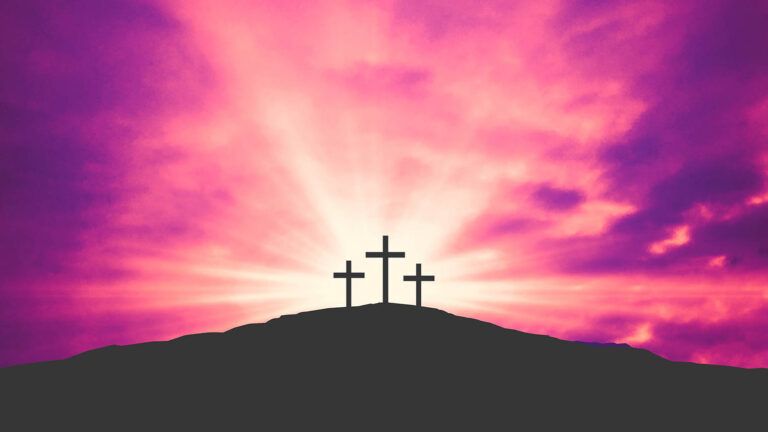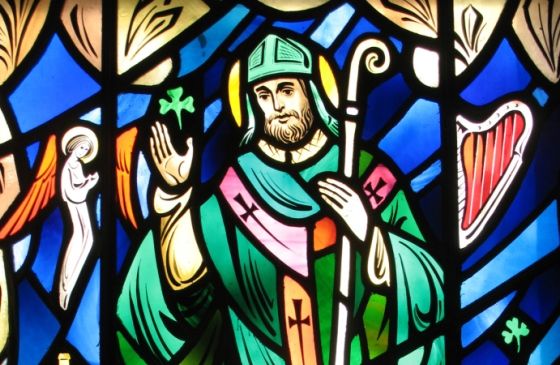And this day shall be unto you for a memorial; and ye shall keep it a feast to the Lord throughout your generations… Exodus 12:14
We often make the trip to our lake cottage in Indiana over the Memorial Day weekend to “open up the place.” It’s a family tradition that dates back to around 1910. And if things follow their normal course, I’ll take Mother, who still lives in my birthplace, Montpelier, Ohio, out to Riverside Cemetery where we’ll place flowers on the graves of our loved ones. Homegrown flowers–peonies and irises–were the bouquets of choice when I was growing up, because they usually came into bloom about this time of year.
At my father’s grave, Mama will point to the vacant space next to his, and remind me again that that is where she will be laid to rest. She won’t say it forebodingly–her Christian faith is too strong for that–but matter-of-factly. I think she wants to prepare me. I’m prepared. Only a few yards to the east are some plots reserved for my family.
Not long ago I stopped in Boalsburg, Pennsylvania, and visited a cemetery said to be the birthplace of Memorial Day. There, three young women—Emma Hunter, Sophie Keller and Elizabeth Myers—began the custom of decorating soldiers’ graves in 1864, while the Civil War was still being fought. They wanted to recognize the contributions of villagers who had paid the ultimate price, and they did it with what was at hand, some homegrown flowers.
The idea of decorating graves caught on, and today, because of the thoughtfulness of Emma, Sophie and Elizabeth, millions of people across the nation this Memorial Day will remember with deep affection those whose lives once touched theirs.
Teach us, Lord, the best way to pay an unpayable debt is to show with our lives that we didn’t forget.






